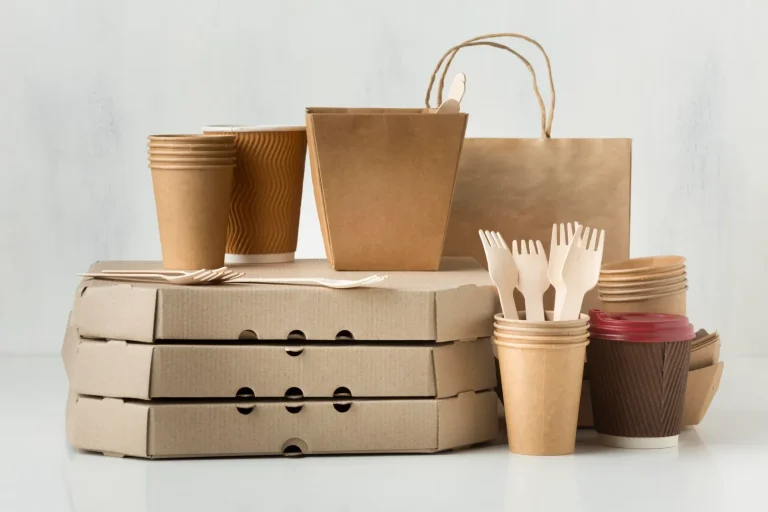PAPER & CARDBOARD
We test, document and advise to ensure your products comply with applicable legal requirements.

Safety and compliance are crucial when paper and cardboard are used in contact with food. At FCMtesting ApS in Odder, near Aarhus, we help you ensure that your materials comply with applicable EU regulations and national guidelines, so that you can safely and documentedly bring your products to market.
At FCMtesting we offer:
- Migration Test to ensure that your product does not release harmful substances beyond the permitted limits.
- Declaration of Compliance in accordance with EU regulations, so your documentation is legally compliant.
- Consultancy on applicable legal and documentation requirements, ensuring full compliance.
For products exported outside the EU, additional requirements may apply, which we can also help you navigate.
FIND FLERE INFORMATIONER OM PAPIR OG PAP PRODUKTER
What types of materials are there?
Types of paper and cardboard for food contact
- Untreated paper and cardboard
- Waxed paper
- Silicone coated paper
- Plastic laminated paper/cardboard (e.g. coffee cups)
- Aluminum coated paper
- Multi-layer materials (e.g. aseptic cardboard)
Legislation and external references
Legislation and guidelines for paper and cardboard
Tip: Always use the latest legal text. Select "In force" and the latest consolidated version on EUR-Lex.
- Regulation (EC) No. 1935/2004: Framework regulation for all materials in contact with food, including paper and cardboard.
- Regulation (EC) No. 2023/2006: The GMP regulation – ensures good manufacturing practices.
- BfR Recommendation XXXVI: Tysk standard for papir og pap i fødevarekontakt.
- Council of Europe Resolution AP(2002)1: Guidelines for the production and use of paper-based materials.
- Danish executive order: National requirements for documentation and labeling.
FAQ – Testing and documentation of paper and cardboard
FAQ – Testing and documentation of paper and cardboard
- Is paper and cardboard for food contact regulated by EU legislation?
- There is no specific EU regulation for paper and cardboard, but the materials must comply with framework regulation 1935/2004 as well as national requirements from e.g. The Food and Drug Administration.
- What do you test for in paper and cardboard materials?
- We test for the release of chemicals from printing inks, adhesives, coatings and any recycled components. NIAS analysis and migration testing are key methods.
- Is there a requirement for documentation?
- Yes. Manufacturers and importers must be able to provide a Declaration of Compliance (DoC). See guide to DoC.
- What advantages do paper and cardboard have?
- They are lightweight, malleable and often made from renewable resources. When properly treated and tested, they are an environmentally friendly alternative to plastic.
